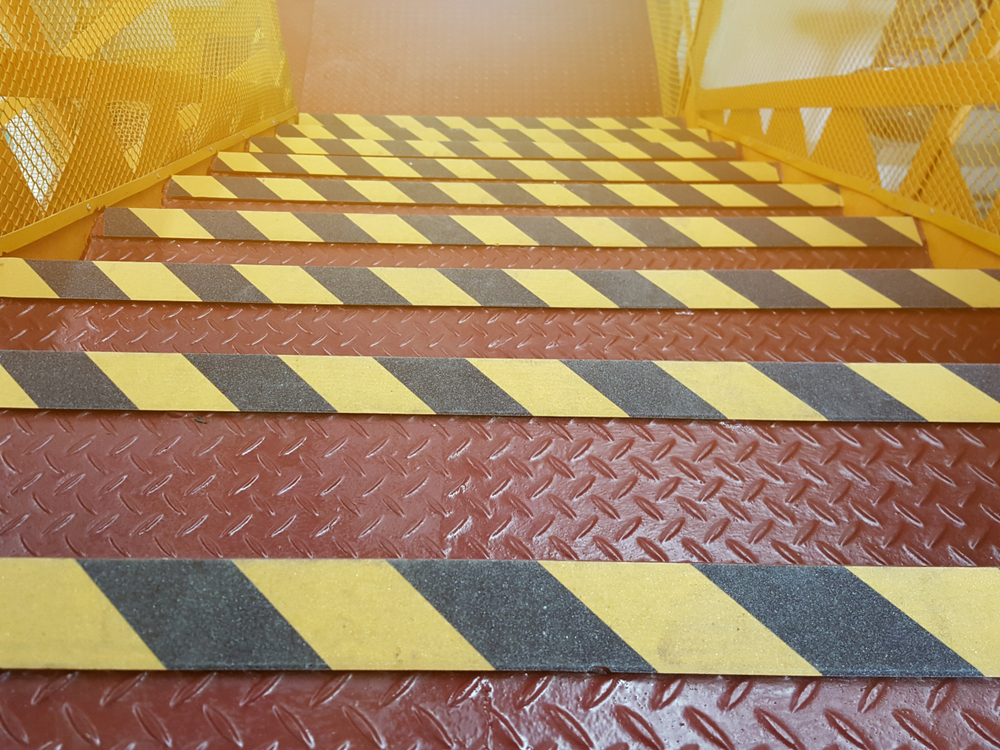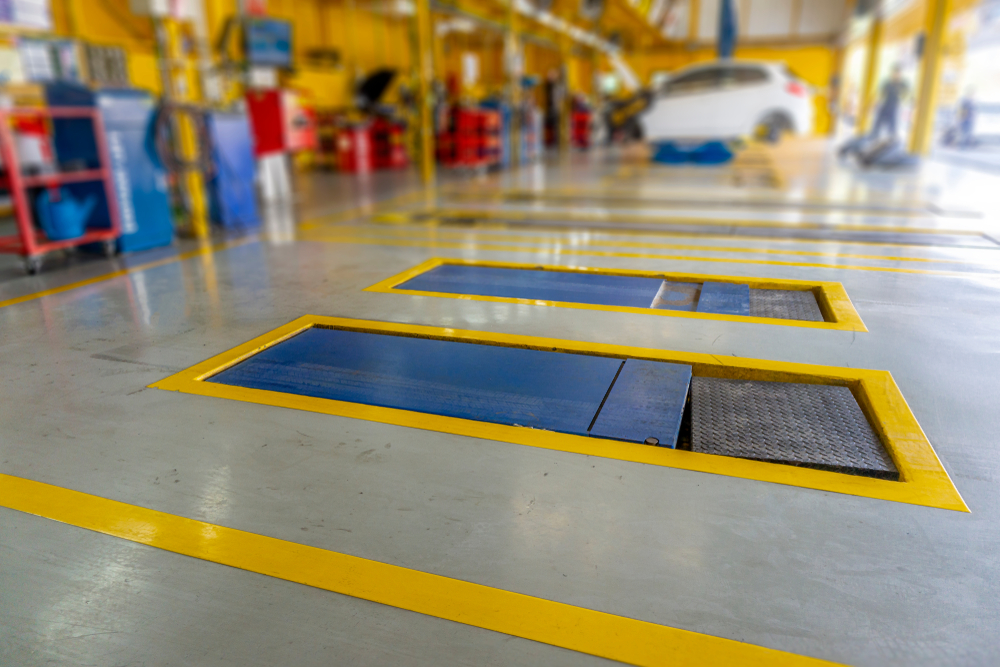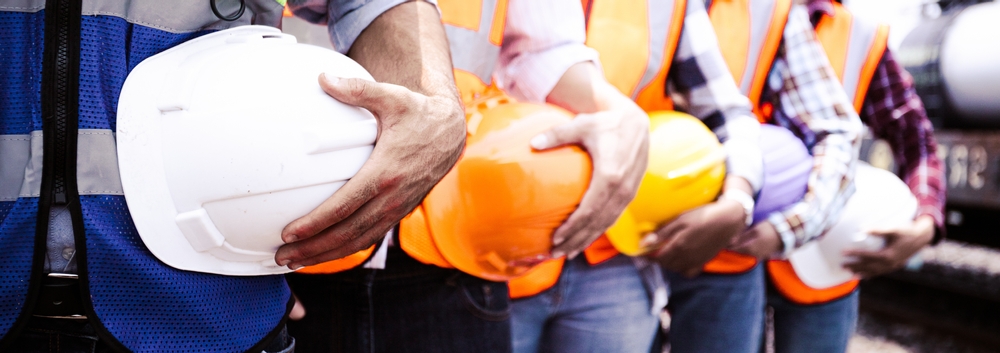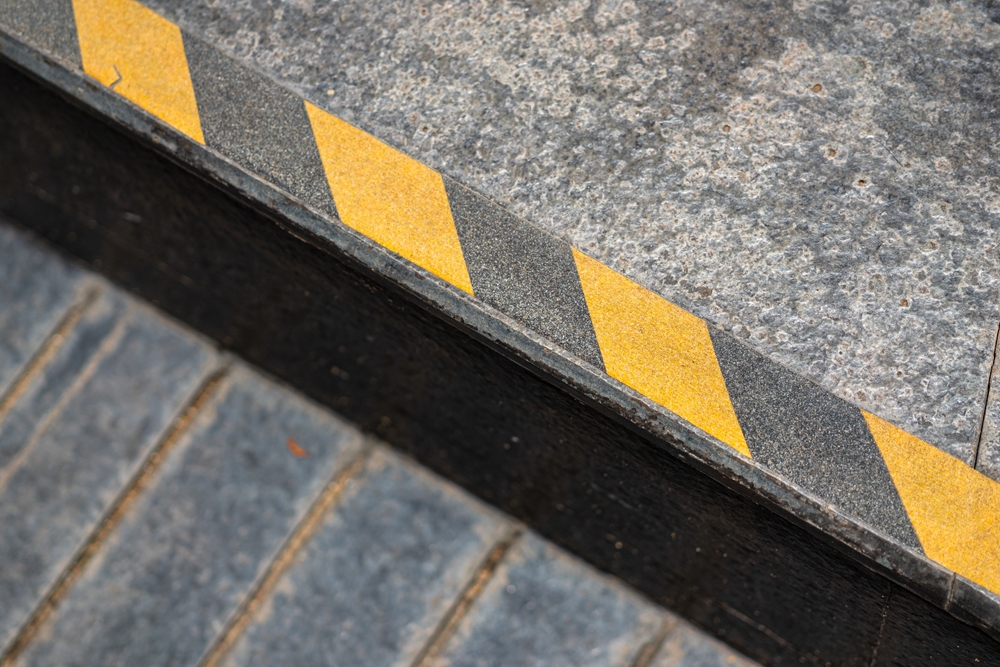Safety signage represents an integral aspect of workplace health and safety practices, communicating vital warnings and information to everyone on-site in a visually impactful way. The colour and shape of each sign is a key part of that visual communication - but many might be unaware of exactly what purpose these design elements serve.
If your workforce is unclear on the meaning of different safety signs, this is an issue that you need to correct - after all, these signs are intended to provide crucial information at a glance, and a lack of understanding could mean that hazards are being missed. Fortunately, the differences between the signs are clear and easy to remember.
In total, there are five main types of health and safety sign, using different colours and shapes to draw the viewer’s attention and offer an indication of their meaning without needing to read the words.
Prohibitory signs
When you see a red and circular safety sign, it will almost certainly be a prohibitory sign, used to highlight a potentially dangerous action or activity that cannot be performed in the vicinity of the sign.
Prohibitory signs take the form of a thick red circle with a black pictogram in the middle and a red line through the central image, demonstrating the behaviour the sign is there to prevent. Examples include signs that forbid entry to certain areas, or notices that instruct those working nearby to avoid lighting a cigarette or using their mobile phones.
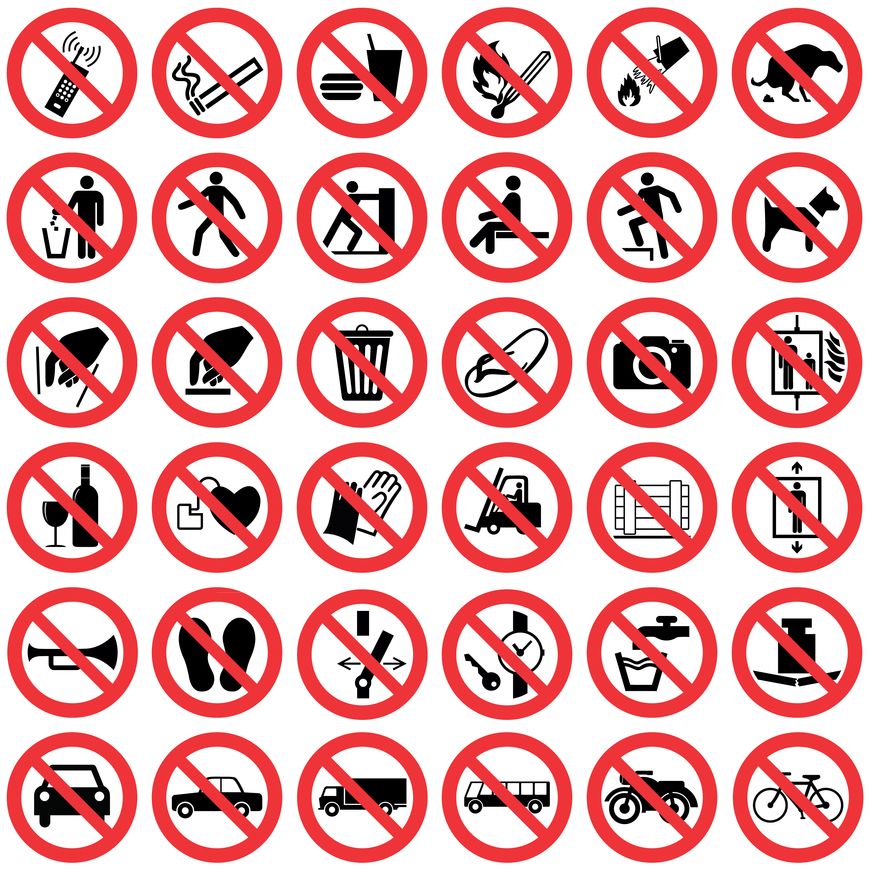
When you see a red prohibitory sign, it simply means that you need to read the notice and ensure that you avoid the prohibited activity.
Warning signs
Warning signs feature a triangular border and are yellow in colour. They are designed to draw workers’ attention to a specific hazard or dangerous situation in the nearby area.
Rather than prohibiting a specific action, warning signs are designed to remind the reader to exercise precaution due to the presence of the hazard it depicts. For example, these signs may be used to warn workers about caustic chemicals or high-voltage equipment; they can also be used to mark slippery or uneven surfaces.

When you see a yellow warning sign, you should take extra care to ensure you are able to avoid the nearby hazard.
Mandatory signs
Mandatory signs are so called because they depict a specific behaviour that must be followed when entering the area. These signs are circular and blue in colour, using text and pictograms to provide the necessary instruction.
Common examples of mandatory signs include the “Keep Shut” warnings that appear on all fire doors, or the notices used on construction sites to remind workers to wear appropriate personal protective equipment, such as safety goggles and hard hats. Blue signs are also often used to remind people to avoid littering the area.
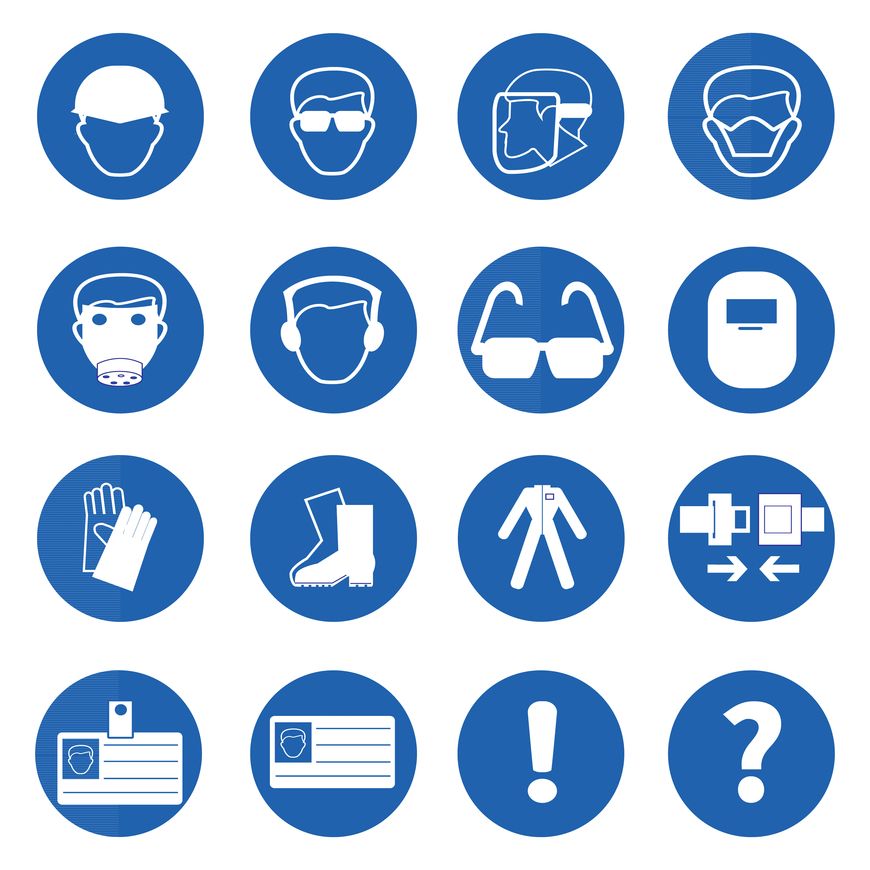
When you see a blue mandatory sign, you should read it carefully and follow the instructions closely to make sure you are adhering to health and safety regulations.
Safe condition signs
Safe condition signs are green and rectangular, featuring a white pictogram. These signs are used to highlight safe routes or demarcate essential safety facilities that can be accessed when necessary.
Look out for these signs marking out where to find nearby fire exits, safe assembly points and first aid kits; they can be positioned directly over the location in question, or along the route, using large white arrows to point the way.

When you see a green safe condition sign, you should follow it to safety, or make a mental note of its location so you’ll know where to head when an emergency arises.
Fire equipment signs
Like prohibitory signs, fire equipment signs are also red, but can be distinguished by their square or rectangular shape and white pictograms. As the name suggests, these are used to mark the location of fire equipment.
This type of sign can often go unnoticed in most circumstances, but are essential when fire hazards arise, as they provide vital information on where to find the nearest fire alarm, extinguishers and other equipment.

When you see a red fire equipment sign, you should remember its location in case of fire - it could help to save lives.
The importance of proper maintenance
Any responsible business will have plenty of these signs all across their workplace, but proper health and safety stewardship needs to go beyond simply buying the right signage.
It is essential to ensure that all members of staff understand what all of the signs mean - not only by providing proper training, but also by making sure that their messages and pictograms are self-explanatory. Businesses also have a responsibility to keep these notices clearly displayed, unobstructed and well maintained, as a hidden or damaged sign could pose a significant danger to staff wellbeing if an emergency situation occurs.
By taking the importance of safety signage seriously, companies in all sectors can ensure their workforce are well-informed on what to do in any situation, meaning they will be able to manage their own safety and wellbeing in a way that’s self-sustaining.
If you’re looking for safety signs for your workplace, SafetyBuyer offers a wide range of products to suit all requirements. To find out more, call us on 0800 043 0161, or email the team at sales@safetybuyer.com.
 Over 12,000
Over 12,000  Simple no quibble
Simple no quibble  Prompt dispatch &
Prompt dispatch &  UK Mainland Delivery
UK Mainland Delivery 
